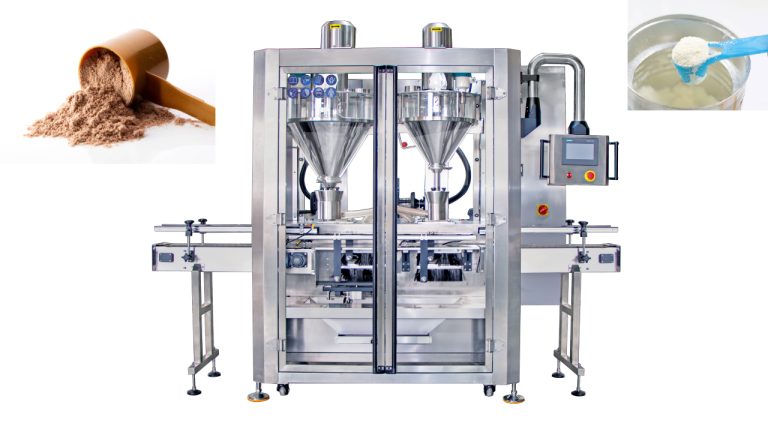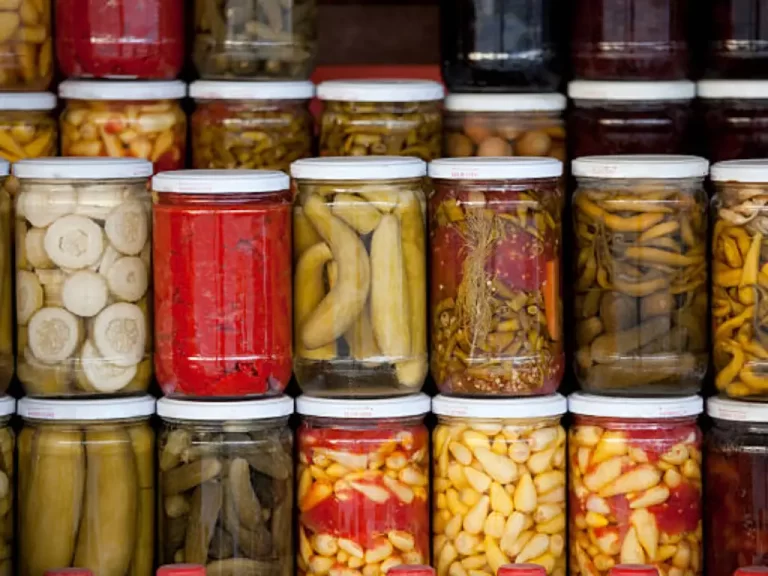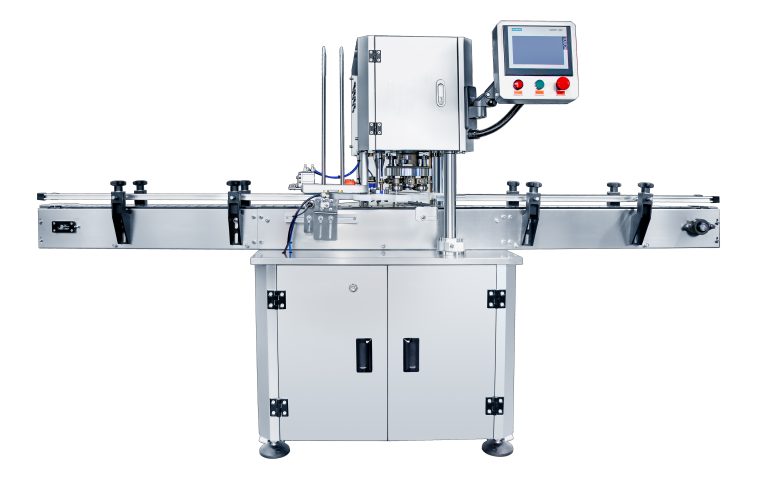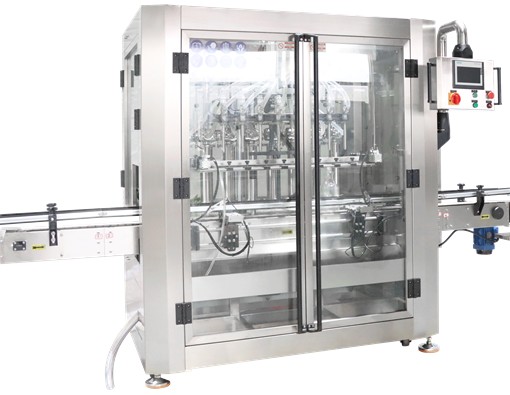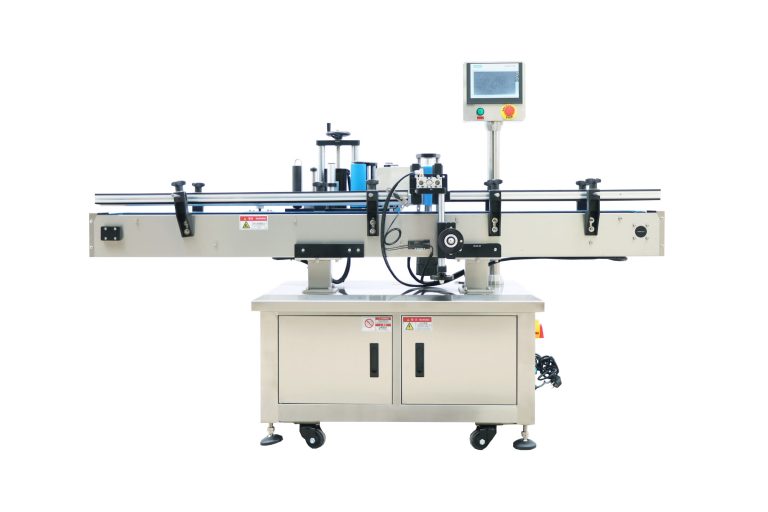Inhoudsopgave
Benefits of Using Manual Canning Machine for Beer Beverage Food
Manual canning machines have become increasingly popular in the beverage industry, particularly for beer beverage food. These machines offer a range of benefits that make them a valuable investment for breweries and other beverage producers. In this article, we will explore some of the key advantages of using a manual canning machine for beer beverage food.
One of the primary benefits of using a manual canning machine is the control it provides over the canning process. With a manual machine, operators have the ability to adjust settings and make changes on the fly, ensuring that each can is filled and sealed correctly. This level of control is essential for maintaining product quality and consistency, which is crucial in the highly competitive beverage industry.
In addition to control, manual canning machines also offer flexibility. These machines can be easily adjusted to accommodate different can sizes and shapes, allowing producers to package their products in a variety of formats. This flexibility is particularly valuable for small breweries and craft beverage producers who may need to switch between different products frequently.
Another key benefit of using a manual canning machine is the cost savings it can provide. Manual machines are typically more affordable than their automated counterparts, making them a more accessible option for small and medium-sized businesses. Additionally, manual machines require less maintenance and are easier to operate, further reducing costs over time.
Manual canning machines are also known for their durability and reliability. These machines are built to withstand the rigors of daily use in a production environment, ensuring that they will continue to perform consistently over time. This reliability is essential for maintaining production schedules and meeting customer demand.
Furthermore, manual canning machines are easy to clean and maintain. With simple, straightforward designs, these machines can be quickly disassembled for cleaning and maintenance, reducing downtime and ensuring that production can continue smoothly. This ease of maintenance is particularly valuable for businesses with limited resources or staff.
Finally, manual canning machines offer a level of craftsmanship and attention to detail that is often lacking in automated systems. With a manual machine, operators have the opportunity to closely monitor the canning process and make adjustments as needed, resulting in a higher quality finished product. This level of care and attention can set a beverage producer apart from their competitors and help to build a loyal customer base.
In conclusion, manual canning machines offer a range of benefits for beer beverage food producers. From control and flexibility to cost savings and reliability, these machines provide a valuable tool for businesses looking to improve their canning processes. With their durability, ease of maintenance, and attention to detail, manual canning machines are an excellent investment for any beverage producer looking to enhance their production capabilities.
Step-by-Step Guide on How to Operate a Manual Canning Machine for Beer Beverage Food
Canning machines are essential tools for breweries looking to package their beer in cans. While there are many different types of canning machines available on the market, manual canning machines are a popular choice for smaller breweries or those looking for a more hands-on approach to canning their beer. In this article, we will provide a step-by-step guide on how to operate a manual canning machine for beer beverage food.
First and foremost, it is important to ensure that the canning machine is set up correctly before use. This includes making sure that all components are properly assembled and that the machine is securely in place. It is also important to check that the machine is clean and free of any debris that could potentially contaminate the beer.
Once the machine is set up and ready to go, the next step is to prepare the cans for filling. This involves placing the empty cans on the canning line and ensuring that they are properly aligned and ready to be filled. It is important to make sure that the cans are clean and free of any dust or debris that could affect the quality of the beer.
After the cans are prepared, the next step is to fill them with beer. This is done by manually placing the cans under the filling nozzle and activating the filling mechanism. It is important to ensure that the cans are filled to the correct level to avoid spillage or overfilling.
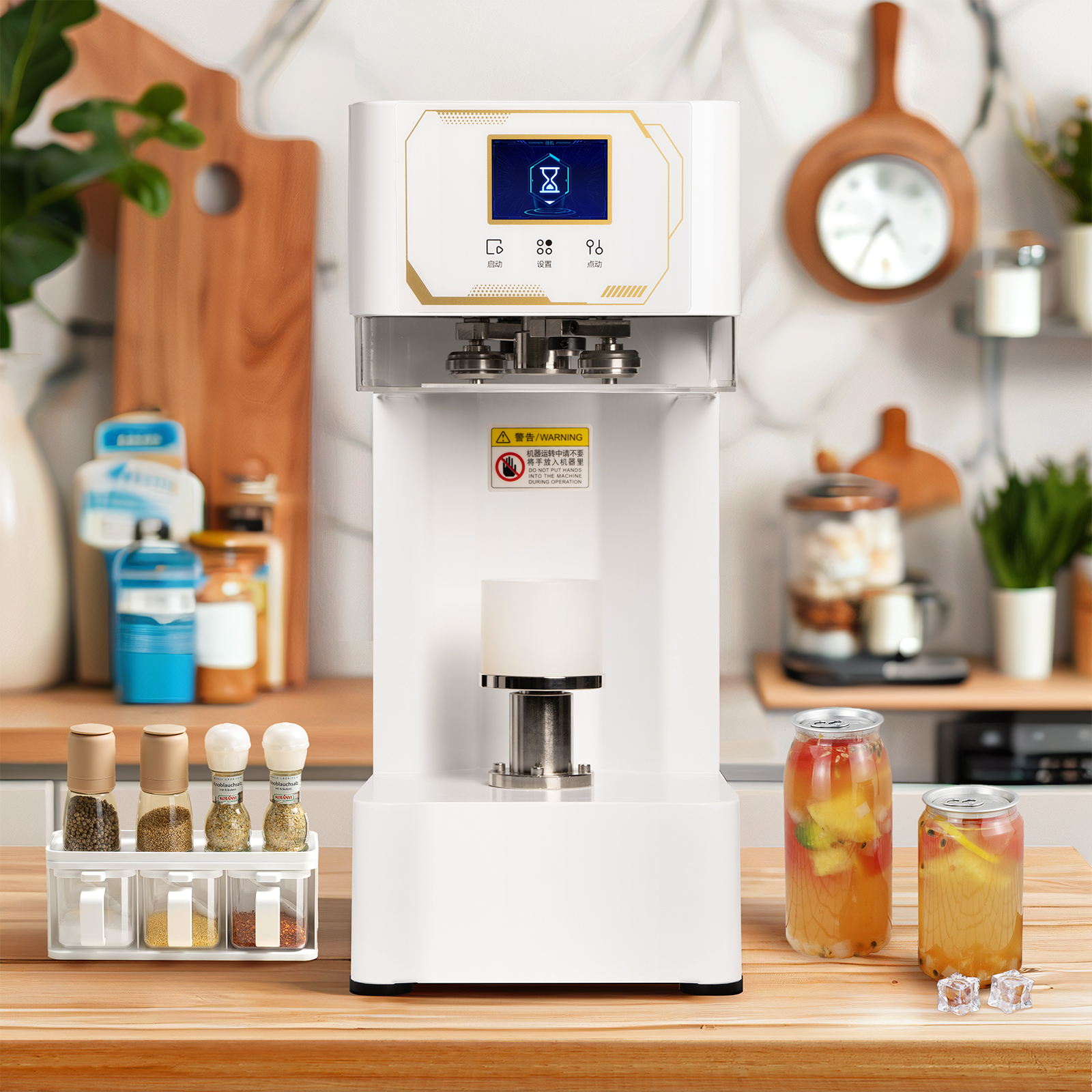
Once the cans are filled, the next step is to seal them. This is done by manually placing the lids on the cans and activating the sealing mechanism. It is important to ensure that the lids are properly sealed to prevent any leaks or contamination of the beer.
After the cans are sealed, the final step is to label and package them for distribution. This involves applying labels to the cans and packaging them in boxes or crates for transport. It is important to ensure that the cans are properly labeled and packaged to comply with regulations and ensure that the beer reaches consumers in good condition.
In conclusion, operating a manual canning machine for beer beverage food is a straightforward process that requires attention to detail and proper preparation. By following the steps outlined in this article, breweries can ensure that their beer is properly canned and ready for distribution. Manual canning machines are a cost-effective and efficient way to package beer, making them a popular choice for many breweries.

